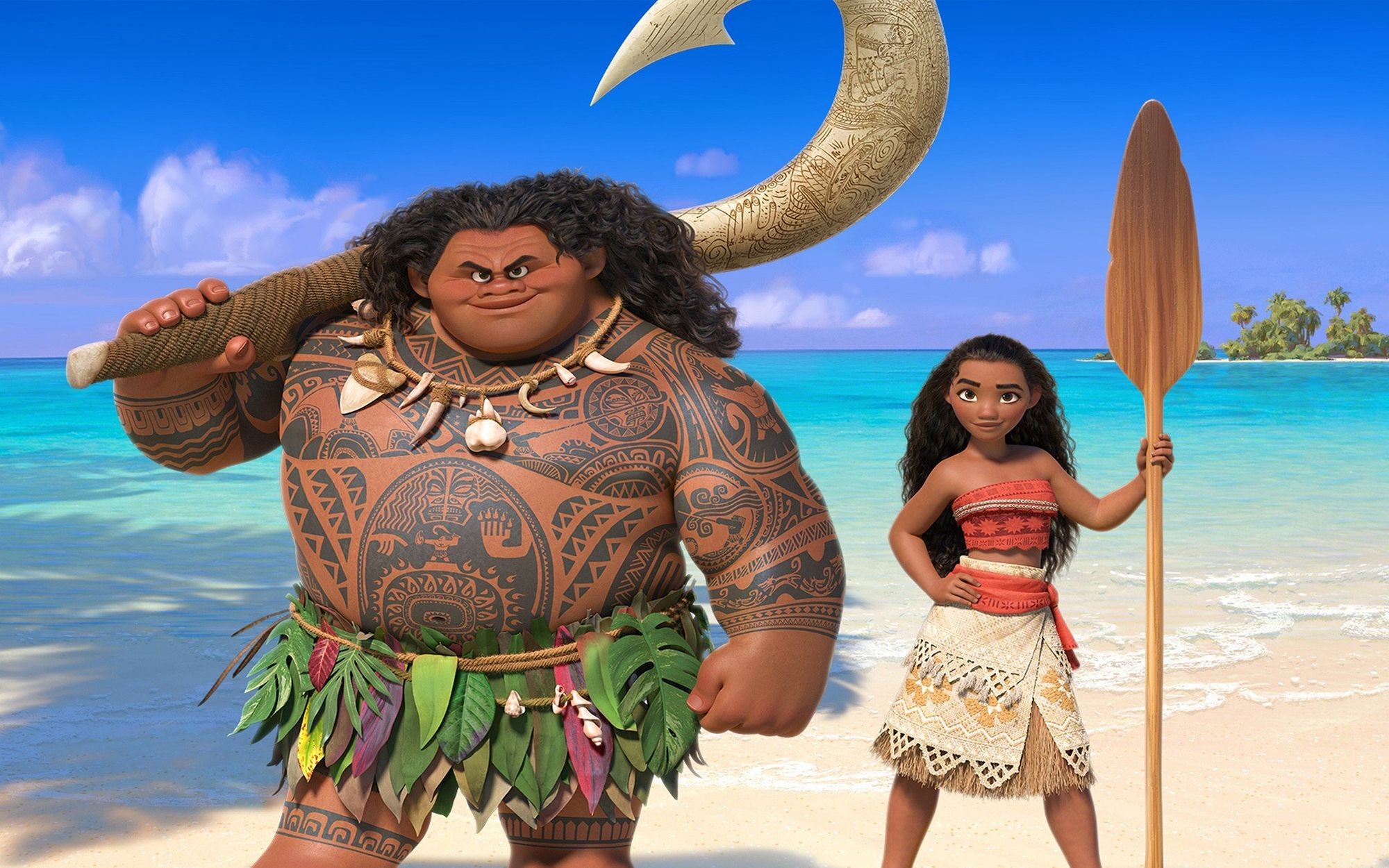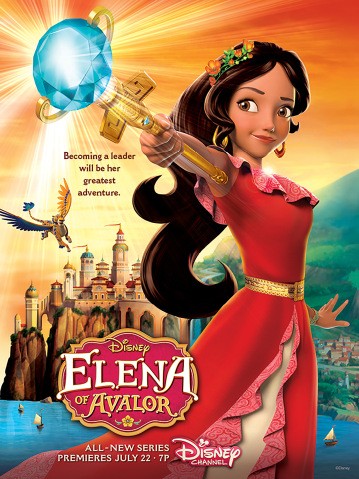 Let us now give a tip of the tiara to Disney for diversifying the ranks of its famous princesses.
Let us now give a tip of the tiara to Disney for diversifying the ranks of its famous princesses.
For years, the entertainment giant drew scorn in some corners for having an all-white stable of Disney princesses, from Cinderella on to Areiel, a.k.a. the Little Mermaid.
Disney listened, and in recent years Pochahontas, Princess Jasmine (of Aladdin) and Tiana (of The Princess and the Frog) were added to the fold.
A snow white shadow has enveloped the Disney princess world with the addition of Frozen’s Elsa and Anna, but leave it to the Mouse to cull the collective power of all Disney princesses in recent years to make the company bazillions to ladle on top of its gazillions.
Recognizing that diversity only increases the market share by giving girls of different cultures an excuse to tug on the arms of their parents for more dolls, dresses and other assorted made-in-China crap, Disney has recently introduced Elena, who has her own Disney channel show (Elena of Avalor) and Moana, whose movie of the same name opens Nov. 23.
While Latinas and Pacific Islanders applaud the arrival of characters (Elena and Moana respectively) who look like them, it just wouldn’t be a new Disney princess unveiling without some controversy.
 ELENA
ELENA
Her homeland is Avalor, which does not exist but is instead an amalgamation of several south-of-the-U.S.-border cultures. That can be problematic, as anyone knows who has nursed a black eye after asking a Cuban what kind of Mexican dish his mother makes. But here is the kicker: Disney’s first-ever Latina princess exists in pre-colonial times yet speaks Spanish, the language that arrived with colonization. Say como?
MOANA
With anticipation high for the Moana, Disney is already being accused of fat shaming. Not when it comes to their first-ever Polynesian princess but to Maui, a demi-God voiced by Dwayne “The Rock” Johnson. Jenny Salesa, a New Zealand politician, complained on her Facebook page that “one of our beloved historical ancestors from hundreds of years ago, who was a very strong man [and] a skilled navigator, is depicted to be so overweight in this kids’ movie.” Salesa’s complaint led to debate, with some pointing to World Health Organization data from 2014 that shows nine of the 10 most obese nations in the world are Pacific Islands. But others say it was the diet westerners brought to those islands hundreds of years ago that resulted in today’s native obesity. Still others argue that the Maui character fits a familiar Disney mold of a sidekick whose appearance must contrast comically with the movie heroine’s.
Disney is used to fielding such criticism when it comes to non-white Disney princesses. Chief Roy Crazy Horse called Pochahontas historically inaccurate and offensive for glossing over the negative treatment of the title character and her tribe by the British. There was also the whole dust up over the inclusion of the song “Savages.” The movie’s villain sings, “What can you expect from filthy little heathens? Here’s what you get when the race are diverse. Their skin’s a hellish red; they’re only good when dead. They’re vermin, as I said and worse, they’re savages! They are not like you and me, which means they must be evil.” (Christ almighty, did Donald Trump write that?)
Jasmine was hailed as Disney’s first princess of color, for being among “the strongest” of the movie company’s heroines and one of only two Disney princesses who wore pants. (Christ almighty, did Hillary Clinton dress her?)
But RAND Corp. anthropologist Kathleen Reedy, who focuses on Middle Eastern culture and politics, argues that Jasmine is modeled after “the harem girl” or women who “rarely exist as individuals, but almost always belong to someone, either a relative or a master.” Jasmine’s dress, exotic look and behavior complete a stereotype that Arab women are subservient and inferior to the their men, contends Reedy.
Tiana, Disney’s first African-American princess, was introduced with the 2009 release of The Princess and the Frog. But she was plunked down in the middle of the less-than-empowering, Jim Crow-era Louisiana. When the great Scott Foundas was reviewing movies for us, he wrote, “Disney’s first black ‘princess’ lives in a world where the ceiling on black ambition is firmly set at the service industries, and Tiana and her neighbors seem downright zip-a-dee-doo-dah happy about that.”
By the way, if you’re an avid follower of Disney princesses keeping score at home, only Tiana and Moana’s mother is alive.
Pochahontas, Jasmine and Elena’s?
All dead.


I recently tried CBD gummies from this website https://www.cornbreadhemp.com/products/cbda-oil in search the first time and was pleasantly surprised past the results. Initially skeptical, I create that it significantly helped with my anxiety and doze issues without any notable side effects. The lubricator was unoppressive to speak, with nitid dosage instructions. It had a kindly, vulgar liking that was not unpleasant. Within a week, I noticed a decided convalescence in my all-inclusive well-being, ardour more blas‚ and rested. I know the regular technique to wellness CBD offers and aim to go on using it.